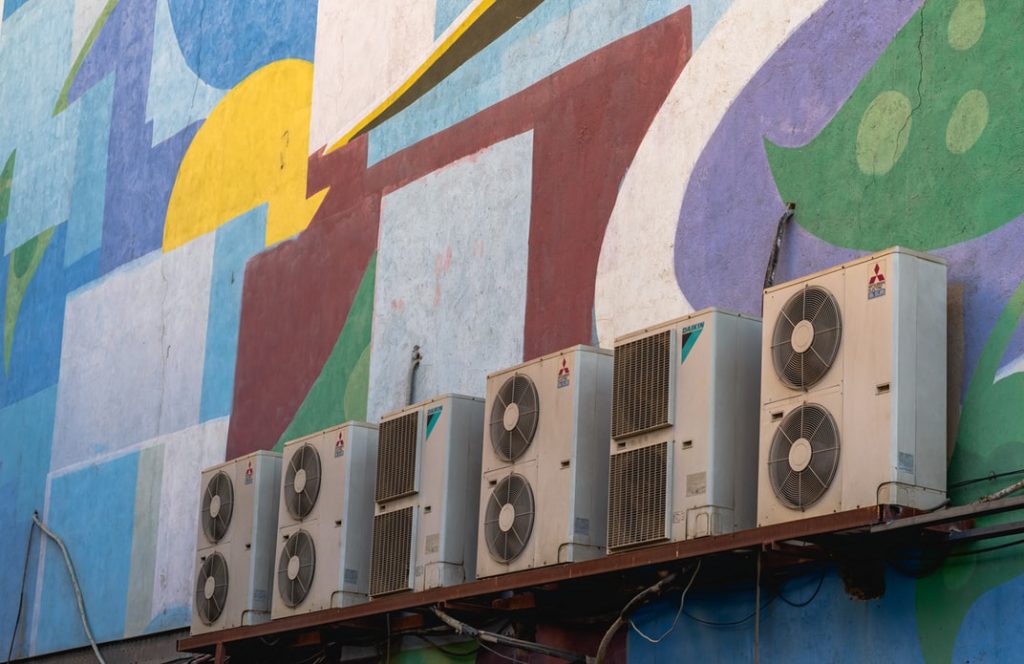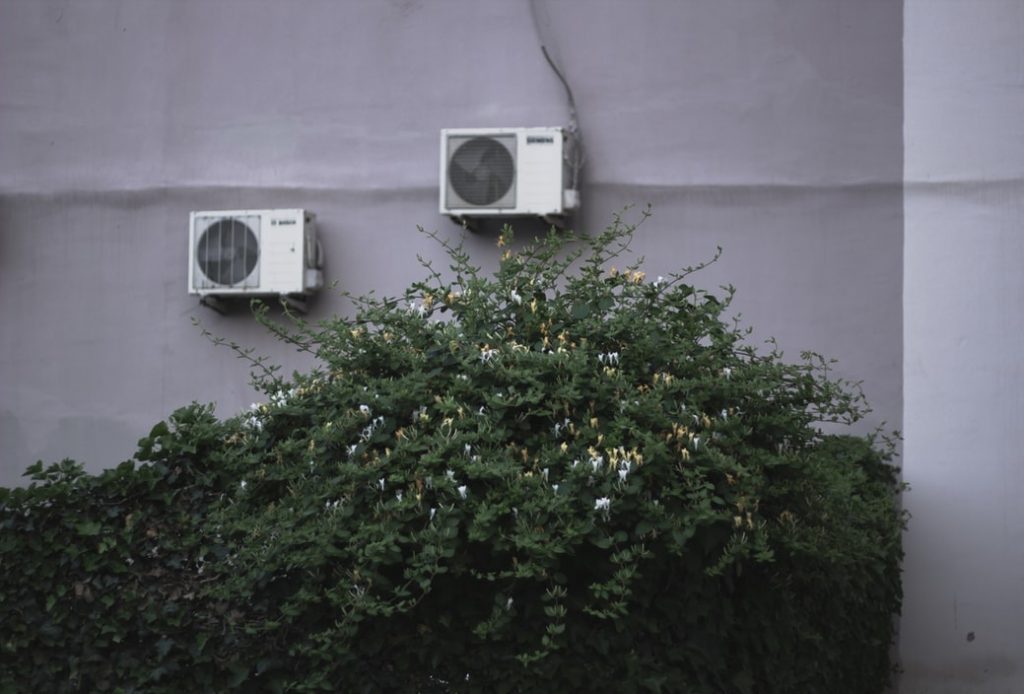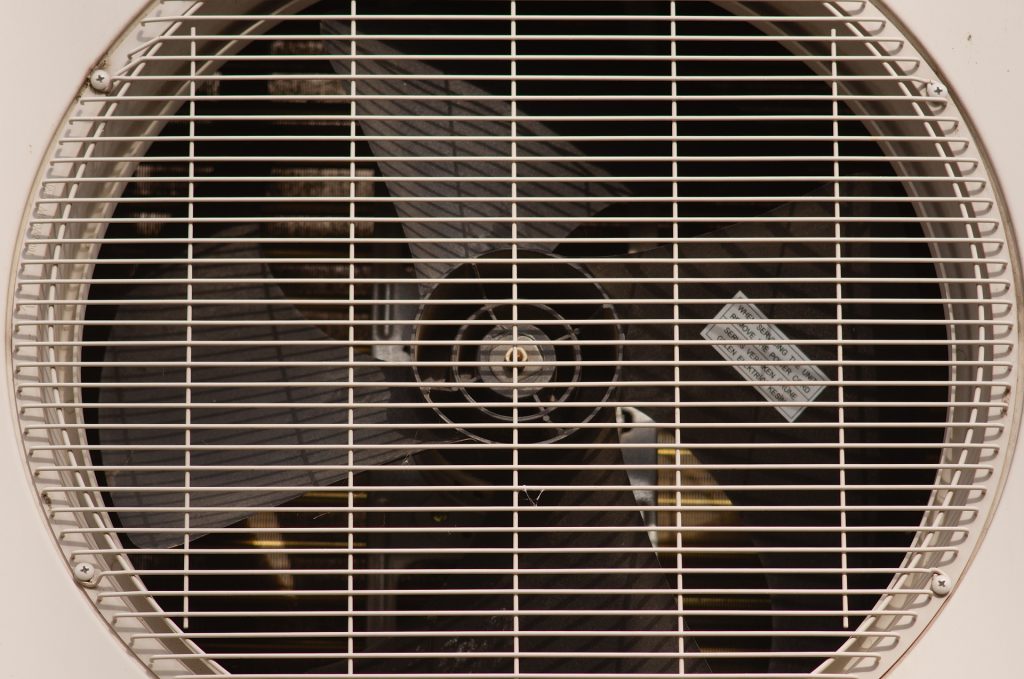Let’s start by answering a question: “What is an AC capacitor?”
Your air conditioner comprises many parts that work together to keep you cool in the summer heat. One of the most important parts is the HVAC capacitor. This element is what provides the energy for your air conditioning to operate. If it fails, an AC capacitor replacement cost can be between $35-60 for the part, but with around 450v surging through it, it’s not an item you want to remove or install improperly.
So, what is this little dynamo that wields so much power? This small cylinder is installed inside your air conditioner. It stores energy from your power source and supplies it to your AC unit. When your air conditioner kicks on, a great deal of power is required. Your home electrical system cannot produce this amount of power on demand, so the capacitor stores extra power to provide the boost it needs. It collects this power while your air conditioner is running in preparation for when it is needed again, much like how a rechargeable battery operates.
The first thing you need to know about how much a new AC capacitor may cost is whether you need a new one.
1. How to Tell If Your AC Capacitor Has Failed
If your capacitor stops working, it can lead to all kinds of issues. Though your air conditioner may continue to run, the fan may not be in motion. It is also possible that your fan will be running but no cold air is coming out. You might even have problems with your air conditioner staying on for any extended length of time.
Another clear sign that the capacitor is experiencing a failure is the tell-tale clicking sound you’ll hear from inside your air conditioner’s cabinet. You can also check our article In case you see smoke coming out of the AC.
2. Troubleshooting an AC Capacitor Failure
If your fan isn’t running, do a test with a small stick. Push the fan blades with it and see if the fan starts moving. If it does, then your fan is most likely fine, and your AC capacitor needs to be replaced. It may have become damaged, preventing it from storing the energy the fan needs to get going without assistance and keep moving.
You can also look at the capacitor for signs of a problem. If the top has started to bulge rather than maintaining its former flat top, there could be a leak. The AC capacitor cost you’ll incur to fix the issue is considerably less than the damage that can be done with it not working properly. The question then becomes more about how much it will cost you not to replace your AC capacitor than how much it will cost to take care of the problem quickly.
3. What Causes an AC Capacitor to Fail?
The sheer amount of energy that surges through a capacitor creates a lot of wear and tear. In the summer months, when the unit may be running most of the day, this is increased greatly. In perfect circumstances, a capacitor will last about twenty years. However, conditions may not always be so ideal as to cause minimal strain. The two most common reasons why your capacitor may give up on you too soon are prolonged exposure to heat and purchasing a capacitor with a voltage rating that is too low. Either of these could increase your ac capacitor costs due to excessive replacements being required.
A bigger concern with AC capacitor failure is that it increases the chances that it might harm other parts. It can cause fans to wear down and electric connections to sustain damage. For this reason, you should replace a capacitor as soon as you realize it isn’t working properly. A chain reaction of damage can create additional costs for parts or even cause a unit to fail completely.
4. How to Cost-Effectively Replace an Air Conditioner Capacitor
Before starting, review the process and decide if you’re comfortable performing the required steps. If not, contact a professional.
While the process may vary a bit from unit to unit, there are some basic steps involved in any AC capacitor replacement:
- Purchase the correct capacitor—Locate the voltage and capacity on your existing capacitor and right it down. It can be helpful to also write down the model of your air conditioner just in case you can’t find an exact replacement and need a sales agent to assist you to find an appropriate substitute.
- Turn off the air conditioner—While this may seem like a given, we’d be remiss if we failed to mention it. You will be working with electrical components, so anyone working on it must observe safety precautions.
- Discharge the capacitor—Merely turning off your air conditioner does not render the capacitor powerless. Remember that it stores electricity, so you’ll need to drain any remaining energy from it to prevent harm to yourself during the exchange of parts. It is helpful to make a diagram, map, or take a photo in case you forget exactly how you removed parts so you can put them back the same way.
- Address any capacitor variances—If you’re replacing your old capacitor with the same kind, this shouldn’t be a problem you need to worry about. There is a chance that your new one might be from a different manufacturer and have connection labels that do not appear the same as the old one. Be sure you are reconnecting them as intended.
If, at any point in the process, you are uncertain about how to install parts you should call a professional for assistance. American Home Water and Air can help you finish up your repair and get your air conditioning back to work. If you see that your old capacitor has been leaking, then you will want to stop and call for help immediately.
5. How Much Does It Cost to Replace an AC Capacitor?
If you choose to skip the DIY route and call for a professional technician right off the bat, you’ll pay somewhere in the ballpark of $220-$250 to get the capacitor replaced and the unit checked out to ensure proper operation. In some cases, where an AC unit requires branded parts or if you prefer to use branded parts, this may be as high as $400-500. However, replacing an AC capacitor costs much more if it is not installed correctly and causes more damage to your unit.
[related_posts_by_tax posts_per_page="3" format="thumbnails" image_size="medium"]









